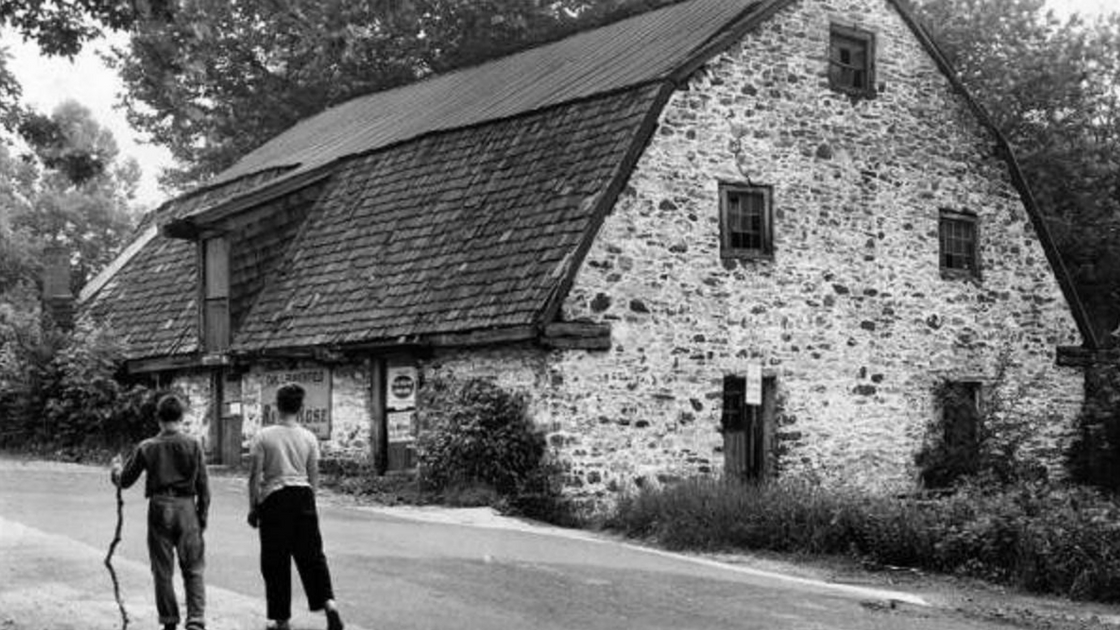Spring Mill Road serves as the western border of Whitemarsh Estates in the Lafayette Hill section of the Freedom Valley. The roadway is named after the Village of Spring Mill.
Though this roadway travels from Butler Pike to Cedar Grove Road – all within Whitemarsh Township – the postal designations indicate that the same road is located in Lafayette Hill, Plymouth Meeting, and Conshohocken.
One road – one municipality – three different mailing addresses for residents.
The road used to go directly to Spring Mill. What is now called “Cedar Grove Road” was initially part of Spring Mill Road from the location of the two road’s intersection today to at least Hector Street. (Cedar Grove Road did not initially go from its current intersection with Spring Mill Road to Butler Pike.)
The Village of Spring Mill itself gets its name from the spring-fed mill that operated for generations at the foot of what is now North Lane (which also used to be named “Spring Mill Road”) near Hector Street. The spring was located in proximity to the confluence of Spring Mill Creek and the Schuylkill.
The top photo shows the original Spring Mill, built in the 1700’s, as it looked in 1962.
The specific date when the Spring Mill stopped grinding product is not certain. According to the nominating document for the Miller’s House to be included in the National Register of Historical Places, the Spring Mill stopped its operations as a mill in 1935. (The Miller’s House is detailed below.) While no longer operating as a mill, the Spring Mill continued to be used as a feed store by the Frankenfield family. The Shamokin News-Dispatch indicated that the grist mill operated as late as 1950; the newspaper also indicated that the seed store operated until November of 1966.
According to the Conshohocken Recorder, Montgomery County considered purchasing the property as a historical site; the newspaper cited an announcement by the Commissioners on October 23, 1964. At the time of the news story, on October 29, 1964, the newspaper indicated that the site included 35 acres.
The Spring Mill was destroyed by fire in 1967, according to that nominating document for the Miller’s House. According to the Shamokin News-Dispatch, the fire occurred on July 3, 1967.
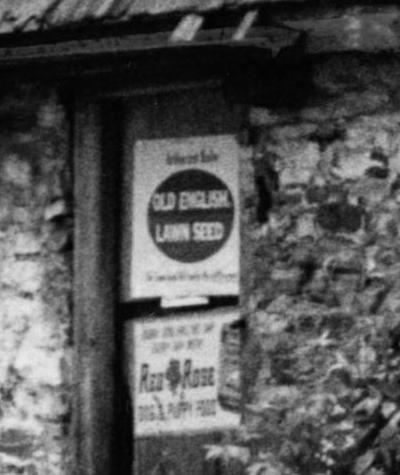
A close-up of the top photo shows that the mill was used as a seed store for a number of years by the Frankenfield Family.
A key component of the industry that grew up around the spring was the Miller’s House, which served as the residence for the miller – the man who operated the Spring Mill. The original section of this building was built in 1770, according to the National Park Service of the United States Department of Interior. An addition was placed on the building in 1820.
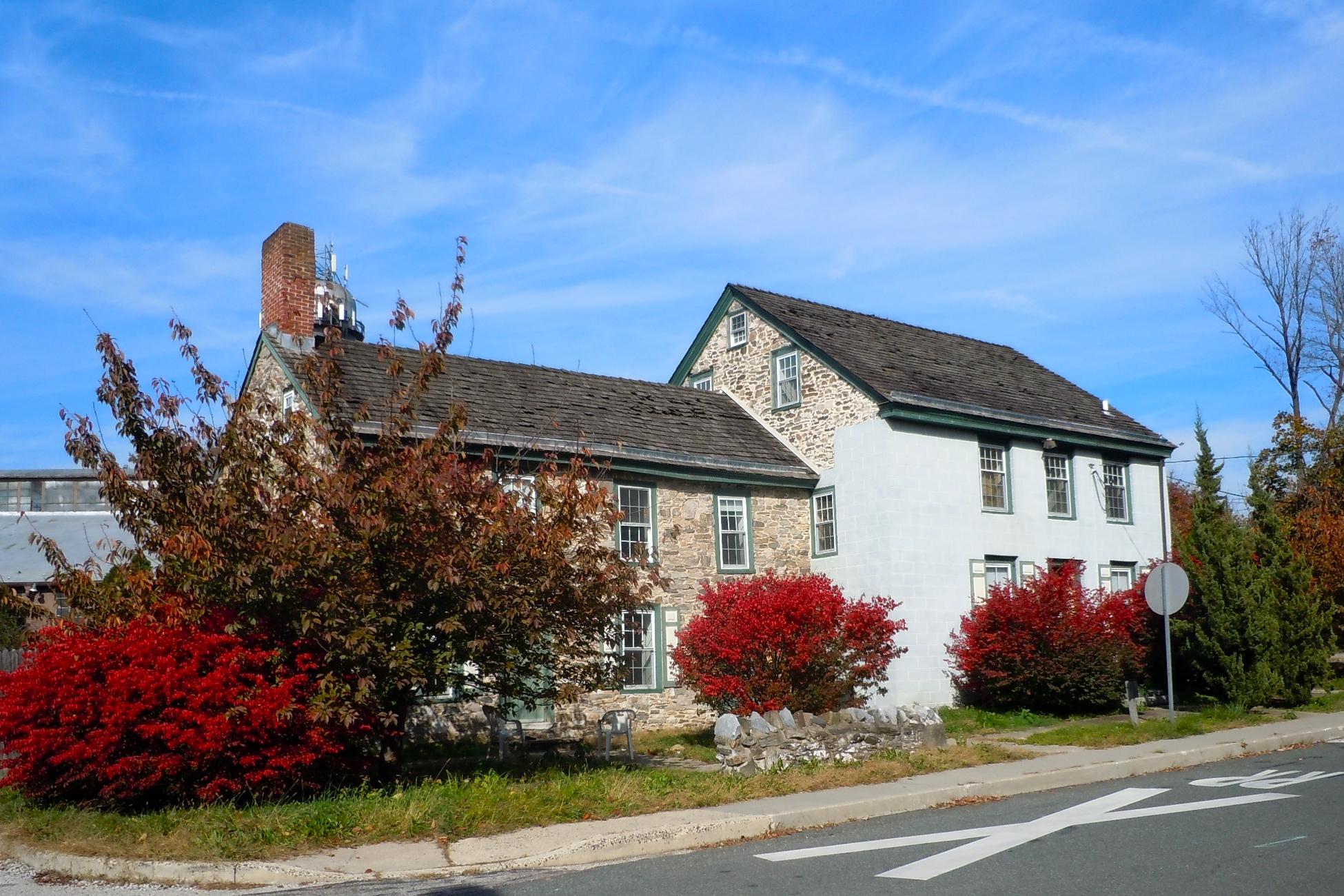
This is a photograph of the Miller’s House in Spring Mill on November 3, 2011.
The nominating document for the Miller’s House to be included in the National Register of Historical Places indicated that this site, including the Spring Mill and other buildings, initially included more than 513 acres in both Whitemarsh and Merion Townships. (Lower Merion, West Conshohocken, Narberth, Bridgeport, and Upper Merion were all once part of the same municipality – Merion Township.)
According to that nominating document, the last resident of the Miller’s House was Mr. Carl Frankenfield; the document indicated he left the house in the 1950’s. The Shamokin News-Dispatch indicated that the fire that destroyed the original Spring Mill also spread three times to the Miller’s House. Local firefighters, according to the newspaper, were able to stop the flames from consuming the Miller’s House.
On January 4, 1990, the Miller’s House at Spring Mill was added to the National Register of Historical Places.
On October 26, 2012, groundbreaking took place for the development of The Courts at Spring Mill Station, a luxury apartment complex. Through this development, the Miller’s House was renovated for commercial use.
Today, the Miller’s House is the home of Riverbend Cycles and the Café at Riverbend.
“We love the character and quirks of this amazing old building,” stated Mr. Mark Vaughan, Owner of Riverbend Cycles and the Café at Riverbend. “It is really cool to experience history every day.”
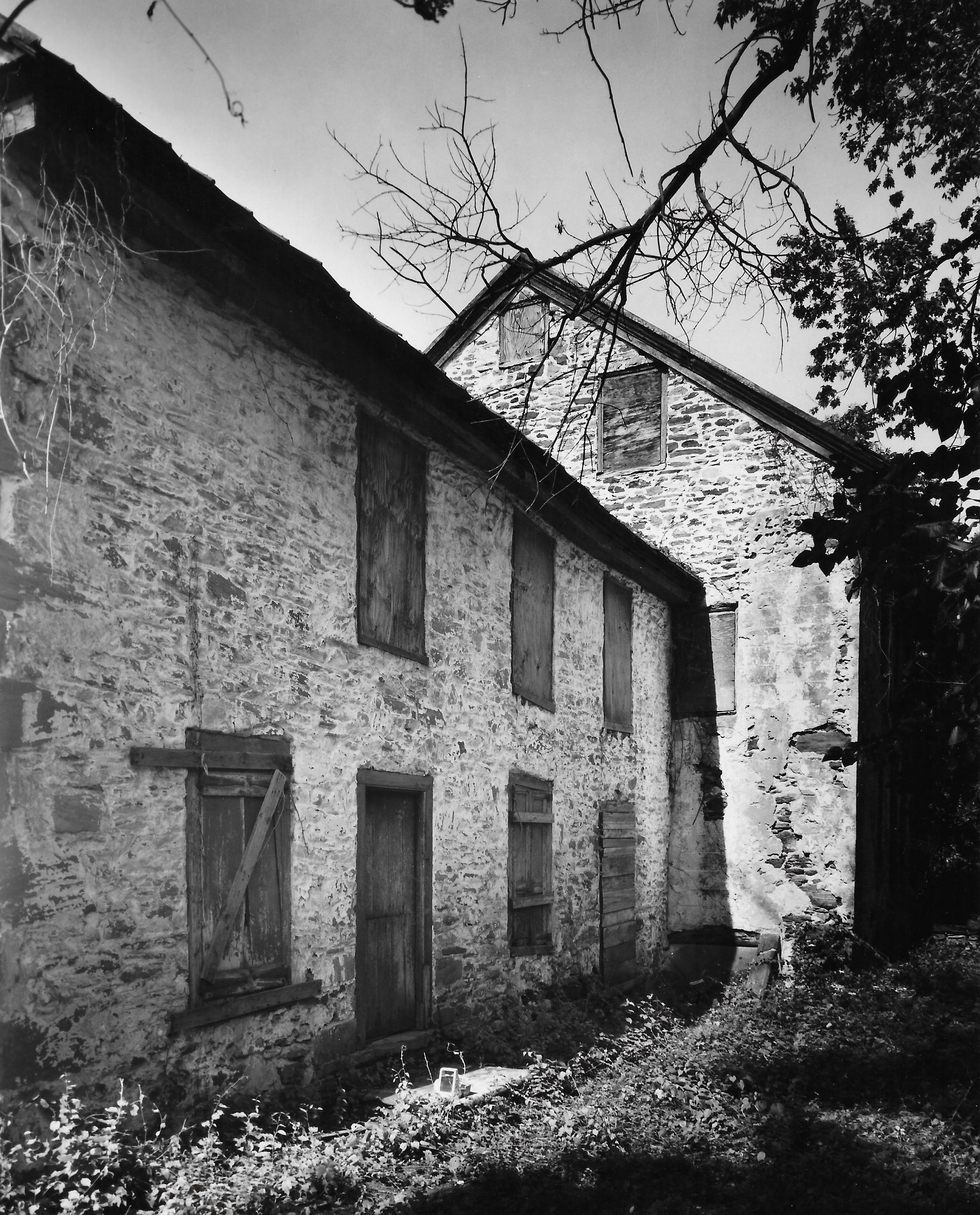
This is what the front of the Miller’s House looked like prior to renovations as part of the development of The Courts at Spring Mill Station. The photo is from the 1990’s.
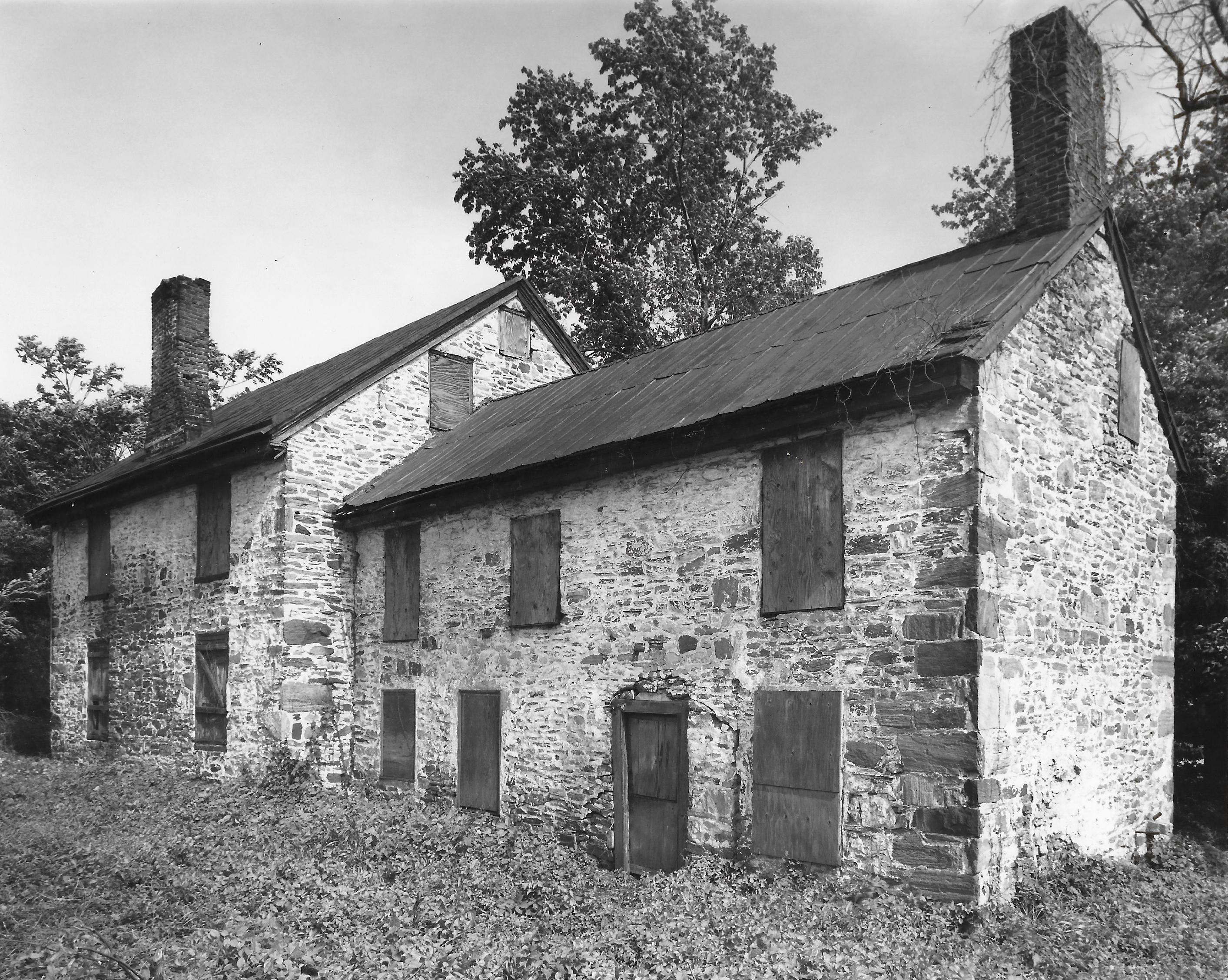
This is what the back of the Miller’s House looked like prior to renovations as part of the development of The Courts at Spring Mill Station. The photo is from the 1990’s.
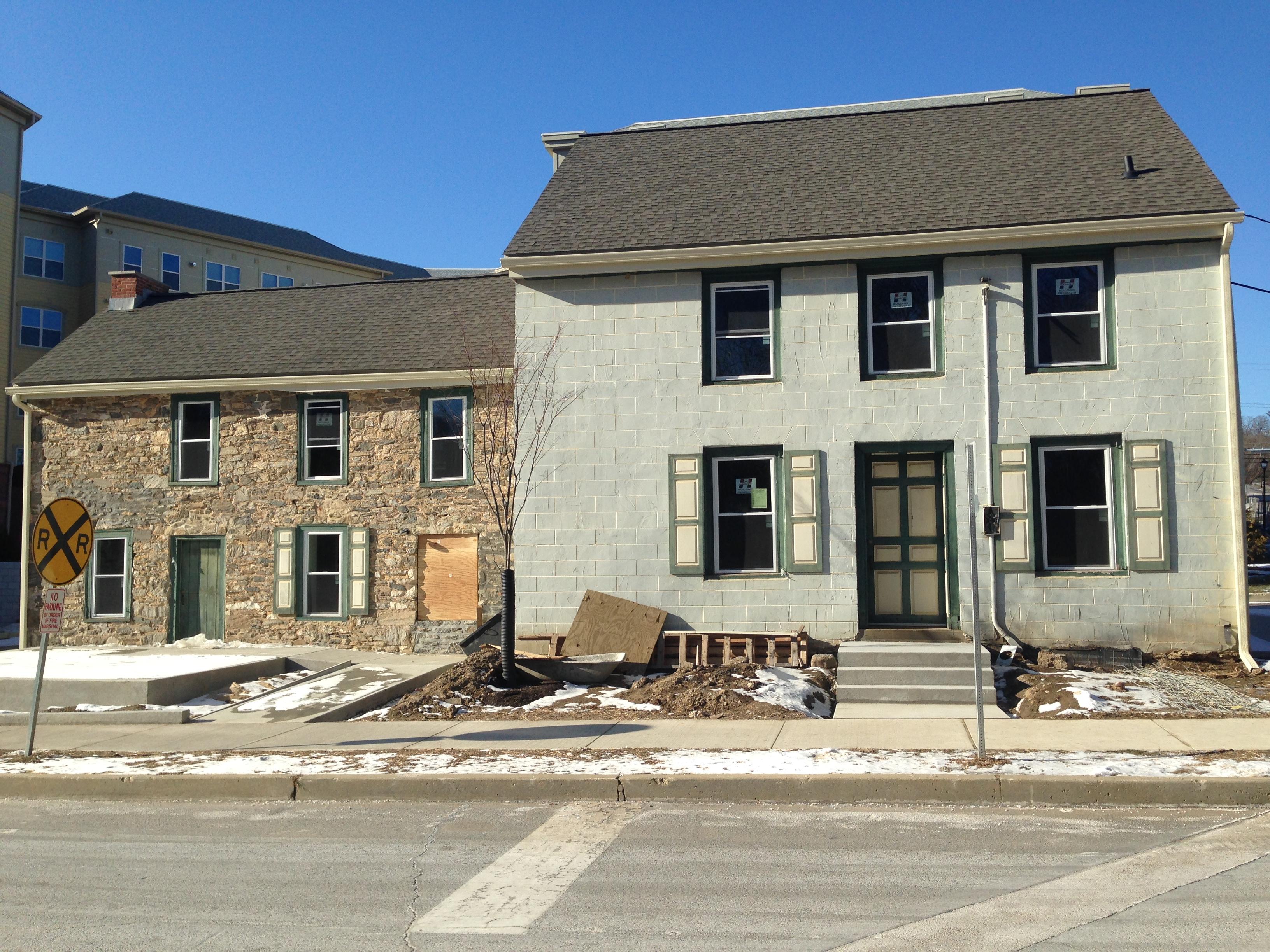
This photograph shows the Miller’s House under renovation in December of 2014. The Courts at Spring Mill Station is located behind the Miller’s House.
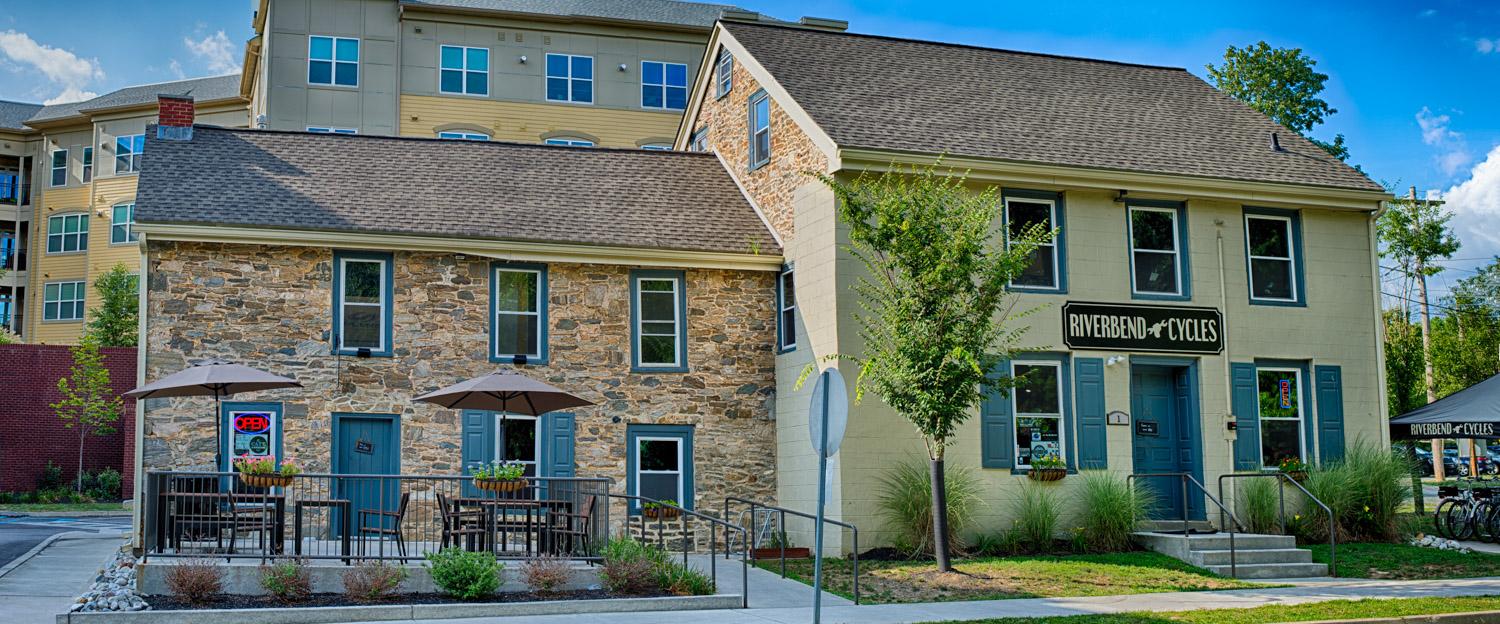
Today, the property is the site of The Courts at Spring Mill Station (seen in the background), while the Miller’s House itself is the home of Riverbend Cycles and the Café at Riverbend. This photo is from the Spring of 2017.
In Part Three, we’ll show the development of Whitemarsh Estates through a series of maps.
The top photo displayed here is a photograph that appeared in the Philadelphia Evening Bulletin on Jane 15, 1962. The second photo is a portion of the top photograph. This photo is courtesy of the George D. McDowell Philadelphia Evening Bulletin Photographic Collection of Temple University.
The photograph from 2011 is provided courtesy of Smallbones through Wikipedia.
The other four photographs are provided courtesy of Riverbend Cycles
Do you have questions about local history? A street name? A building?
Your questions may be used in a future news article.
Contact Richard McDonough at freedomvalleychronicles@gmail.com.
© 2018 Richard McDonough

